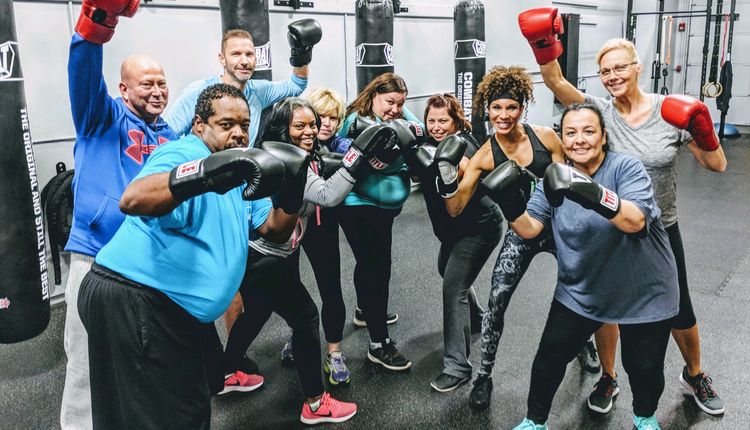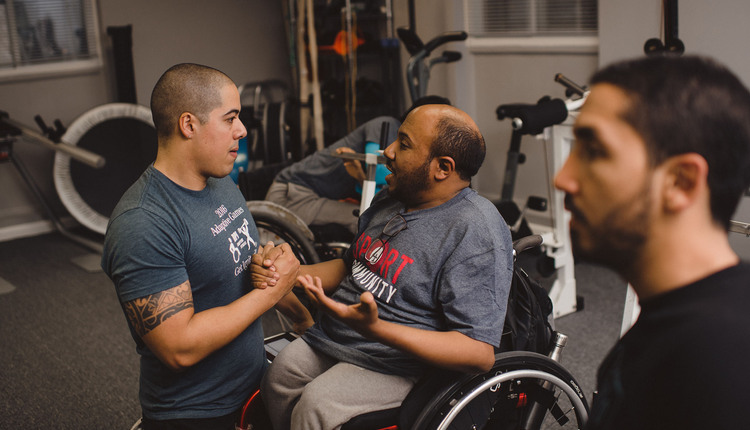
We all are familiar with the adage, "Time is Money" and most would agree that time is one of our most precious, and limited, assets. I find that many professionals don't fully realize the worth of their time spent outside of training sessions; time not only spent building new business, but building relationships and increasing knowledge and expertise.
Many fitness professionals are trading their time for dollars; in exchange for a one-hour training session you receive a session fee. On the other hand, if your business is selling resistance bands and one band costs you $5, and you sell it for $10, your cost and your profit are clear and calculable. However, because you trade time for dollars, there are costs that are often overlooked because they are not necessarily tangible or quantifiable. For this reason, many fitness professionals are actually operating their businesses at a loss or more importantly, not achieving maximum business potential.
There are several hidden costs often not factored into a fitness professional's hourly fee. The two hidden costs that are most common are the time spent communicating with clients outside of the training session and the investment of time and money in continuing education.
For most fitness professionals, interaction with a client often extends beyond the gym to email or phone access. If you have four clients, for example, who each email you with their training questions or diet frustrations, each email requires at least 15 minutes to respond; that is an additional hour of time for which you were not compensated; in theory, you could offer a full session to a paying client. This "email coaching" is a lost opportunity for revenue, but more importantly, unless you are assigning a specific dollar value for your clients to "access your knowledge," your client is less likely to appreciate the value of your time and expertise outside of the gym. Come up with an hourly dollar amount that you feel you are worth as a coach outside of your training sessions, and then you can either build this into your hourly session rates or offer it as a separate value-added service. You can also save time by having boilerplate templates you work from to answer commonly-asked questions.
Continuing education is another cost that fitness professionals typically simply look at as "investments." Isn't the goal of an investment to get as much return as possible? Like the resistance band example, your cost is what you pay in dollars and time to attain new knowledge or skill-set, and in turn, you should be selling that expertise at a rate that offers a profit on your investment. This is where you have the opportunity to increase your rates or specialize your business in order to charge a premium for that particular knowledge or skill-set. Since your clients will reap the benefits of this knowledge, it is fair to ask that you be compensated for the increasing value you offer.
It is important that you breakdown the actual costs you incur outside of simply the time you are spending during your sessions. Your rates should accurately reflect the value you bring to your clients, not just time on the clock. Time is an asset that is limited to 24 hours a day and 168 hours a week; are you trading time for dollars?















